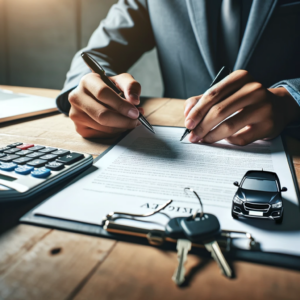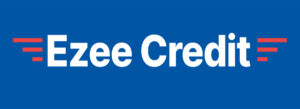
How to Buy Your Leased Car: A Step-by-Step Guide
Leasing a car provides the pleasure of driving a new vehicle with fewer initial commitments compared to purchasing. However, as the end of the lease approaches, you might feel a growing attachment to your car. If the thought of returning it seems daunting, purchasing the vehicle at the end of your lease might be the right path for you. This guide walks you through the process, highlighting the essential steps and considerations for buying your leased car, ensuring you navigate this transition smoothly and effectively.
Understanding the Lease Buyout Option
Lease buyout involves a straightforward premise: you have the option to purchase your leased vehicle for a predetermined price at the end of your lease term. This price, known as the residual value, is initially determined when you sign your lease agreement based on the projected market value of the car at the end of the lease period.
Steps to Buy Your Leased Car
- Review Your Lease Agreement
Begin your journey by revisiting your lease agreement. Look for the specified buyout price, known as the residual value, and note any additional fees that could influence the total cost, such as purchase option fees, state taxes, and registration fees.
- Determine the Car’s Market Value
Is the buyout price reasonable? Assess this by comparing it to the current market value of your car, utilizing resources like Kelley Blue Book or Edmunds. This will inform whether the lease buyout is a financially sound decision.
- Inspect and Evaluate the Car
Take a thorough look at your car’s condition, considering factors like mileage, maintenance history, and overall wear and tear. A well-maintained vehicle that meets your needs might be worth buying.
- Get Financing Quotes
Unless you’re planning to pay the buyout price outright, you’ll need financing. Explore various financing options from banks, credit unions, and online lenders to secure the best interest rate and loan terms.
- Negotiate the Buyout Price
While the buyout price in your lease agreement is usually non-negotiable, it doesn’t hurt to inquire if there’s any room for negotiation, especially if the market value of the car is lower than the buyout price.
- Finalize the Purchase
After deciding to purchase, communicate your intent to your leasing company. They will guide you through the necessary steps, which typically include signing a purchase agreement, handling the required fees, and finalizing financing arrangements to complete the purchase.
Pros and Cons of Buying Your Leased Car
Pros:
– Familiarity with the Vehicle: You have a detailed record of how the car has been maintained.
– No Surprises: Buying your leased car avoids unexpected fees for excess wear and tear or exceeding mileage limits.
– Potential for a Good Deal: If the residual value is below the current market value, you might be securing a bargain.
Cons:
– Higher Overall Cost: Cumulatively, leasing and then buying the car can be more expensive than purchasing it outright initially.
– Potential Lack of Warranty: Depending on the age and mileage of the car, it might no longer be covered under the manufacturer’s warranty, which could mean potential additional costs for you.
Conclusion
Deciding to buy your leased car is a significant decision that can offer convenience and potential cost savings, provided you are content with the vehicle and the terms are favorable. By diligently reviewing your lease agreement, assessing the car’s condition and market value, and exploring suitable financing options, you can transition from leasing to owning seamlessly and make an informed choice that aligns with both your needs and your budget.
FAQs
- Is it always an option to buy the car after a lease?
– Most leases include a buyout option, but specifics can vary, so it’s crucial to understand your particular agreement.
- Can I buy my leased car before the lease ends?
– Early buyouts are possible but may involve additional fees. It’s important to consult your lease agreement and discuss this with your leasing company.
- How do I finance a lease buyout?
– Financing a lease buyout typically involves securing an auto loan. It’s advisable to shop around to find the best rates and terms from various financial institutions.
4. Are there any disadvantages to buying my leased car?
– One potential downside is the overall cost, which can be higher than purchasing a car outright, especially if the buyout terms are not favorable.
- Should I negotiate the buyout price?
– While negotiation may not always be an option, it’s recommended to discuss this with your leasing company, especially if the car’s current market value suggests that the buyout price is too high.
Need a car?
You can find the best used car financing and leasing terms in London and Cambridge Ontario from us at ezeecredit.com
